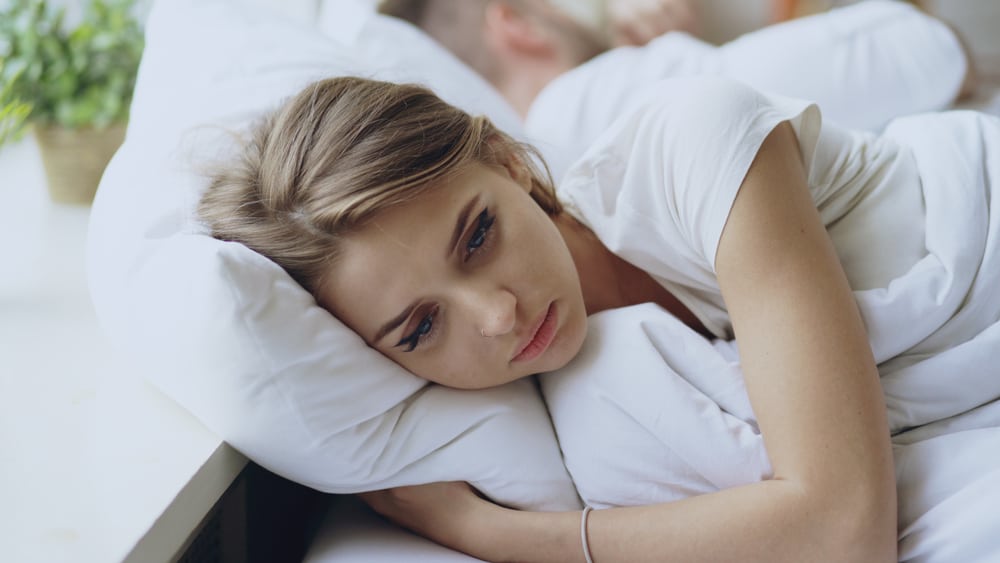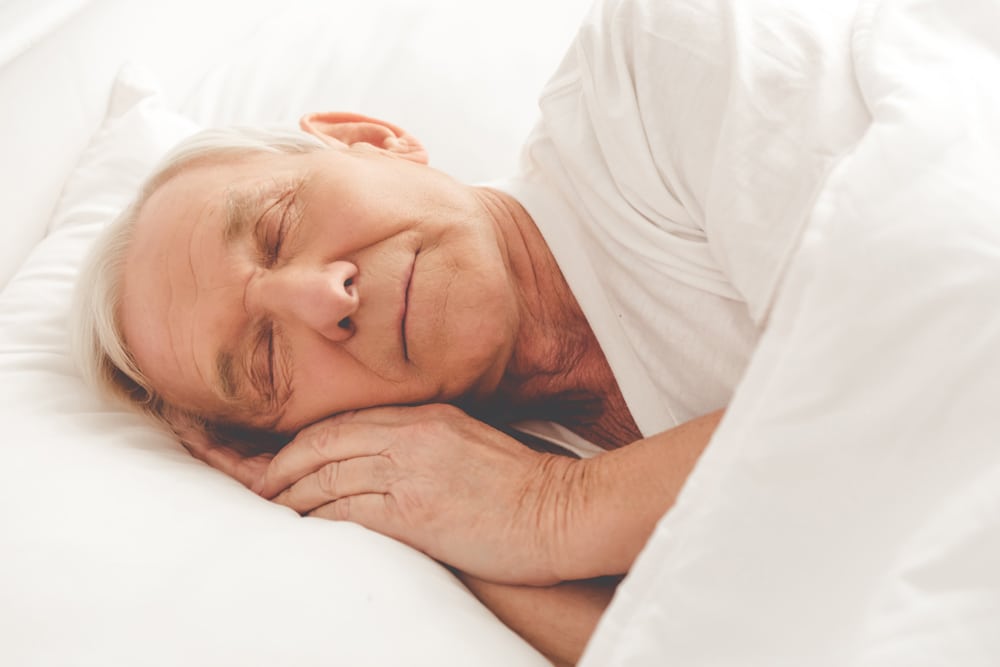Whilst Seasonal affective Disorder or SAD is often referred to as the winter blues it’s a very different process and is best described as a ‘severe recurrent depression’. The acronym SAD very much underplays both its severity and nature.
It’s thought that between 0.5% and 3% of the population, anywhere between 268,000 and 2 million people suffer from SAD in the UK. For some sufferers, it lasts six months starting in October. Its incidence in the UK peaks in December, January and February, the darkest months of the year in the UK. The most common explanation for Seasonal Affective Disorder is that it is related to the lack of sunlight in the winter which causes a misfiring of the circadian rhythm, better known as our body clock. Seasonal Affective Disorder is rare in countries near the equator with long, consistently bright days.
Young people aged 16-30 are more likely to suffer from SAD. Also, SAD is more likely to be diagnosed in women than men, with some studies suggesting up to three times the rate. However, this could be due to men not reporting symptoms to the GP
Studies suggest a further 10% to 20% may have the milder form of SAD often referred to as the ‘Winter Blues’. Whilst Winter Blues can be tackled by self-help, see our page on beating the winter blues, SAD disorder often requires medical intervention.
The key to success in stopping SAD disorder from becoming debilitating is to diagnose and then treat it early.
What are the symptoms of Seasonal Affective Disorder?
Not everyone with Seasonal Affective Disorder has the same symptoms.
The common symptoms of SAD include the following:
- Sleep Problems; usually oversleeping and difficulty staying awake
- Poor Sleep Quality
- Loss of energy
- Increased appetite, especially a craving for sweet or starchy foods
- Weight gain, as a result of the above
- Depression (apathy)
- Anxiety
- Hopelessness
- Mood changes with general irritability
- Difficulty concentrating
- Increased sensitivity to social rejection
- Avoidance of social situations—not wanting to go out
- Decreased sex drive
- Weakened immune system – more colds and flu
What is the cause of SAD?
The exact cause of SAD remains unknown. However, it has a genetic component (it runs in the family) and is often associated with Bipolar Disorder.
Scientists believe SAD involves problems in the regulation of the hormone melatonin, which gives us the desire to sleep. Here, in the darker winter months, SAD sufferers have an overproduction of Melatonin. This affects the body clock or circadian rhythm, leaving them feeling lethargic and sleepier.
It is also thought that SAD involves a reduction in Serotonin activity in the brain during the darker winter months. Serotonin is one of our key neurotransmitters. Reduced Serotonin causes problems with mood, appetite and sleep. It is also linked to feelings of depression.
The combination of increased melatonin and decreased Serotonin then affects our body clock or circadian rhythm. This rhythm is tuned into the light-dark changes, which naturally occur throughout the year. It would seem that for SAD disorder sufferers, the impact of changes in day length in the winter is timed differently. This then makes it harder for their bodies to adjust.
The darker, gloomier winter days may also directly disrupt the body clock as the distinction between day and night is less clear.
Finally, SAD sufferers have reduced production of Vitamin D in the darker months. Vitamin D is created in the skin by ultraviolet B (UVB) sunlight. Low levels of Vitamin D are associated with low mood and depression.
See your GP if you think you have SAD
If you think you suffer from SAD always go to see your GP rather than try to treat it yourself. Your GP will then carry out an assessment. This will normally involve asking you about any seasonal changes in your behaviour and thoughts. It will also cover your general mood, lifestyle and eating habits.
Treatment for SAD
Light therapy is one treatment which is often used to help SAD sufferers. It is highly effective for those whose SAD is light-dependent. Typically, this involves sitting in front of a light box for about 30 minutes daily. Getting outside during the day, and opening your curtains and blinds would also support getting more sunlight. A Dawn simulator would also be a great replacement for the alarm on your phone.
Behavioural therapy can also be useful in breaking the behavioural feedback loops. CBT -Cognitive Behavioural Therapy is often prescribed by GPS, often alongside light therapy. In particular, it will be added if light therapy isn’t working.
Improving your lifestyle can have an impact on reducing symptoms when Seasonal Affective Disorder is multifactorial. This includes healthier eating and increasing your exercise. Exercise is a great anti-depressant as it increases endorphins. It also burns off adrenaline and helps to manage stress levels. Getting out and socialising more will also help raise your mood.
Antidepressants are sometimes prescribed such as selective serotonin reuptake inhibitors (SSRIs).









